REVIEW – The one-person army (because FYQD is essentially just Zeng Xiancheng behind it!) initially planned to release the game episodically. Still, instead of a second chapter, a thorough overhaul for the first-person shooter/swordplay game subtitled Infinite came out in November, and now, the console ports of it have surfaced. Mostly what we saw on PC remained intact.
Especially on the 2020 consoles, the game looks beautiful… but the visuals alone aren’t enough to give it an outstanding rating.
About the game
Since the game has been available on PC since November, I’ll briefly dive into the gist. It’s a fast-paced game starring Shelia, a supernaturally-gifted girl who works for a government company called SRO (Science Research Organization) and is given a mission by Director Chen: she needs to take out a military organization called SAI before it finds an ancient power that can raise the dead. The story itself is so untraceable, yet so superficial, that it is perhaps unprecedented.
There’s a black hole and some time-travel stuff (which makes it possible to replay earlier chapters, which is not bad), and Chen’s occasional voiceover is not a well-developed story. In the fights, however, it’s a great idea to switch from shooting to using the katana during a combo. Devil May Cry? Yeah, maybe similar to that, but Zeng couldn’t compete with the level of DMCV. There are five firearms, and in addition to their main attack, they also have special ammo, and you can use the Bionic Commando-like bionic arm to pull your opponents to you… or at least a small portion of them. Watching the last opponent in the area die in slow motion will be unnerving. I last saw this in the FPSs of a Polish budget studio, Silden.
It is sometimes prone to glitches (and I would point out that Bright Memory: Infinite, I’ll shorten it to Bright Memory: Infinite from here on out, is quite buggy), and it’s no coincidence that the PC version got a six out of ten rating around the press in average, as it shows up as being underdeveloped in several aspects. For example, there’s a stealth section that you use once for a few minutes and then forget about it, and there’s the wall running, which we saw in Mirror’s Edge, for example, that was only used a few times. Oh, and if all that wasn’t enough: the locations could have done with a bit more variety, and the gameplay itself is a bit short. Mind you; I’m not exaggerating: you can get through it in two hours. TWO HOURS. I think you can cut that down to an hour and a half. So I might as well call Bright Memory: Infinite a tech demo.
About the console ports
There is ray tracing (RT) on PlayStation 5 and Xbox Series. I will talk mainly about the PS5 version, but most of these also apply to the XS release. The 3D sound doesn’t seem very accurate, and the sound appears relatively weak. The use of DualSense is also at this level. The adaptive triggers don’t even seem to be on the Sony controller. Zeng doesn’t take the vibration thing seriously either. There are loading screens, and although they last for a few seconds, Bright Memory: Infinite effectively loses all the momentum it gains during these short portions. The PlayStation 5 and the Xbox Series X offer two graphical options. The 4K resolution comes with a 60 FPS frame rate (1440p on Xbox Series S), but if you crank it down to 1440p, you get 120 frames per second on paper. In both cases, it stumbles, but not significantly. The Xbox Series version received have unique weapon skins. On all three consoles, you can also adjust the field of view (FOV), which is something all other first-person games should learn from. Why is this option not an industry standard yet?
The Nintendo Switch version is nowhere near the level (nor should we expect it to be) that the current-gen consoles reached. Here, despite the resolution reduction, it might be able to match the visuals of the PlayStation 4 and Xbox One launch titles, which is no mean feat. There are trade-offs: the game isn’t as flashy, and it’s not quite able to maintain 60 FPS, but it’s better to run it as if you’d turned on Vsync, as it’ll lock the frame rate to 30. It’s worth exploiting for gyroscopic targeting, but I think it’s also worth pointing out that Nintendo didn’t design this technology for games such as Bright Memory: Infinite. Considering the ergonomics, you can get your hand cramped in the grinding and scything, so it’s at your risk…
A glossy memory: finite
Bright Memory: Infinite’s console versions have all launched with the extra DLC on the PC by default with a modest price tag, as the game costs twenty dollars or euros. However, I don’t think the game is worth that much. I’d recommend it at half price. For full price, the reason that holds me back from obtaining the game is the length. When I say it’s short, I mean it. I think the Nintendo Switch port got the most care. I’d give it a six and a half out of ten for that and a six out of ten for the PlayStation 5 and Xbox Series versions because I couldn’t give more.
-V-
Pro:
+ 120 FPS on PlayStation 5 and Xbox Series
+ Correct Nintendo Switch port
+ It feels good to switch between the two types of weapons during fights…
Contra:
– Regardless of port: SHORT
– Buggy, not completely stable when it comes to frame rate
– This is still only a tech demo
Publisher: Playism
Developer: FYQD (Xiancheng Zeng)
Style: first-person shooter/action
Release: November 11, 2021 (PC), July 21, 2022 (PlayStation 5, Xbox Series, Nintendo Switch)
Bright Memory: Infinite
Gameplay - 7.4
Graphics - 8.1
Story - 3.6
Music/Audio - 5.9
Ambience - 6
6.2
FAIR
If it were three times longer, the rating would be better...

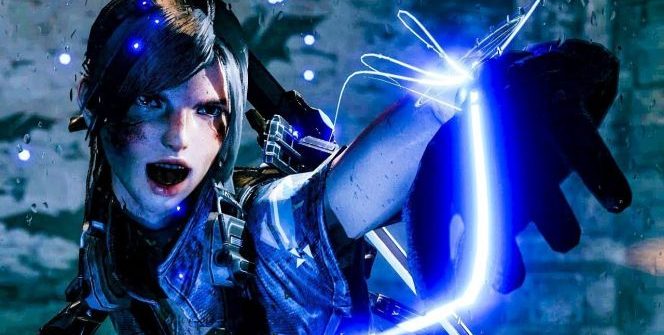

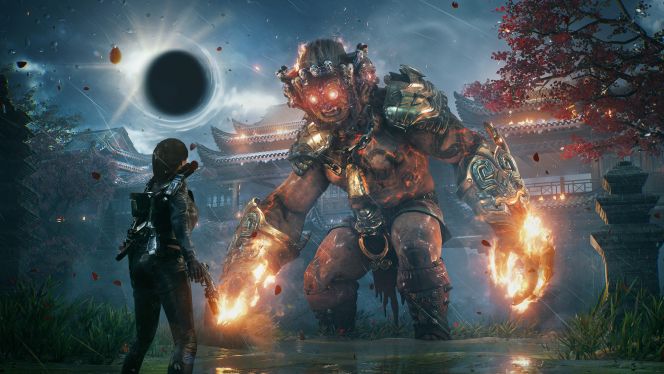






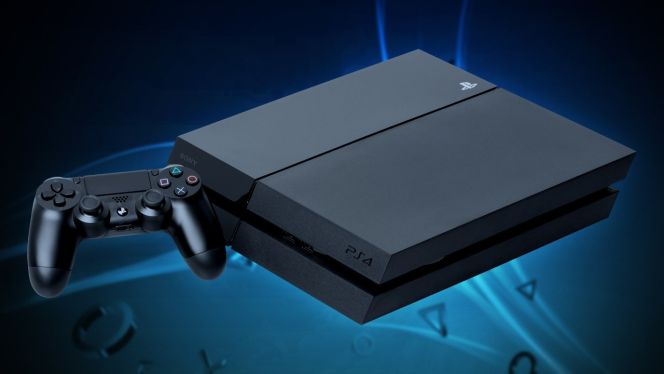



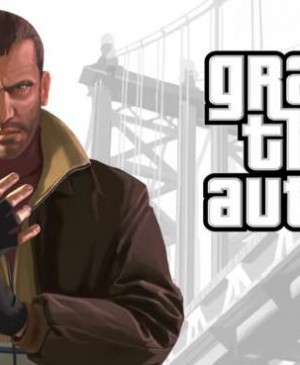
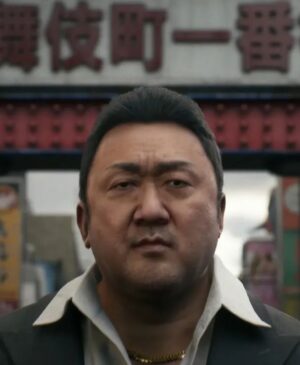


Leave a Reply